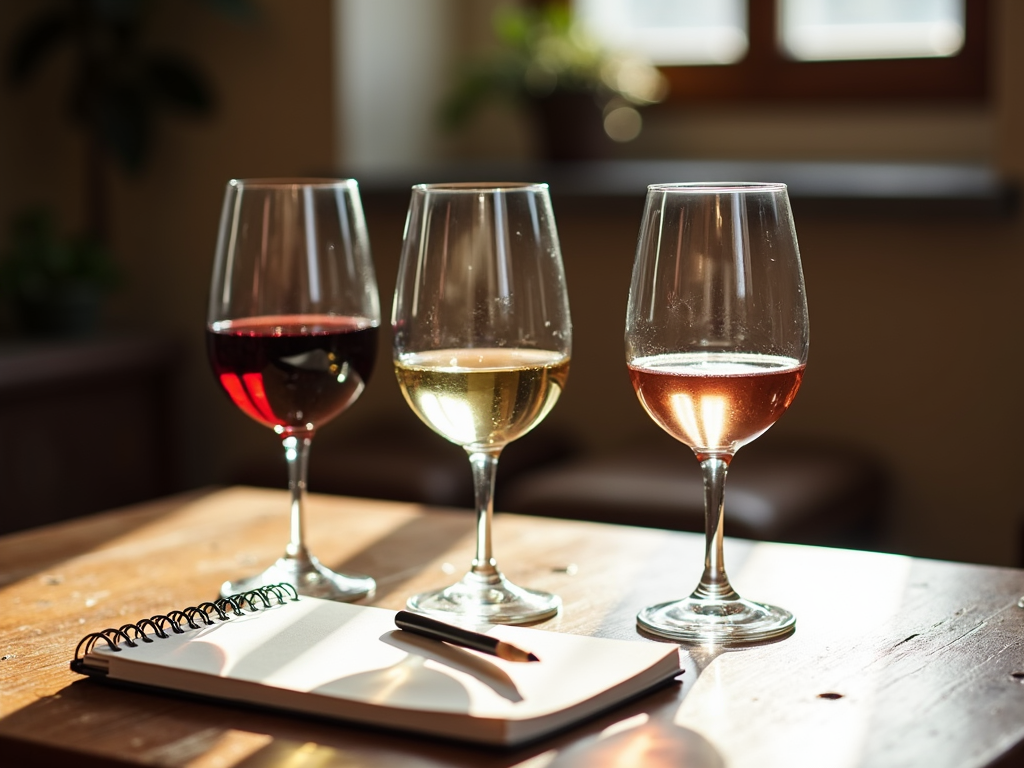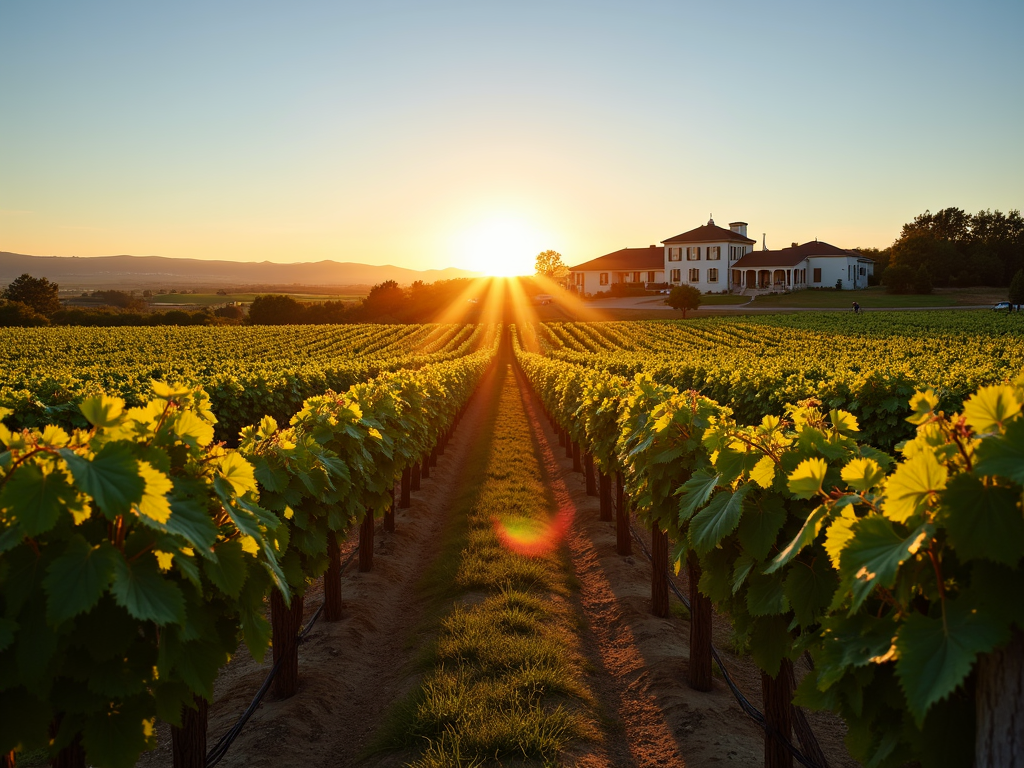A Guide to Wine Tasting: Tips and Tricks for Beginners
Wine tasting is a fun and exciting way to explore new flavors and enjoy time with friends or family. Whether you're new to wine or just curious, this guide will help you get started. We'll cover the basics, share simple tips, and take you on a journey through family-run vineyards and California's wine history.
Why Wine Tasting Matters
Wine tasting isn’t just about drinking—it’s about experiencing. You get to notice the colors, smells, and tastes in every glass. It’s a skill anyone can learn, and it makes every sip more enjoyable. This guide, A Guide to Wine Tasting: Tips and Tricks for Beginners, is here to show you how.
I remember my first wine tasting. I was nervous, unsure if I’d ‘get it right.’ But the truth is, there’s no pressure. It’s about what you like, not what others think. That’s the beauty of it—everyone’s experience is unique.
How to Taste Wine: The Basics
Wine tasting has four easy steps:
- Look: Hold your glass up to the light. Notice the color. Is it deep red or pale yellow?
- Smell: Swirl the wine gently, then sniff. What do you notice? Fruit? Flowers?
- Taste: Take a small sip. Let it sit on your tongue. Is it sweet, sour, or bold?
- Think: What did you feel? Did you like it? That’s all that counts.
These steps sound simple, and they are. You don’t need fancy tools or years of practice. Just a glass of wine and a little curiosity.

5 Tips for Beginners
Here’s how to make wine tasting easy and fun:
- Clear your palate. Skip coffee or spicy food before tasting.
- Pick the right glass. Use a rounded one to trap the smells.
- Go slow. Sip, don’t gulp, and enjoy each moment.
- Trust yourself. If you like it, that’s enough.
- Take notes. Jot down what you taste—it’s a great way to remember.
When I started, I’d scribble little notes like ‘tastes like cherries’ or ‘smells like rain.’ It helped me connect with the wine and made it less overwhelming.
Wine Tourism: Experience the Charm of Family-Run Vineyards
Wine tasting gets even better when you visit a vineyard. Family-run vineyards are special because they’re personal. The owners pour their hearts into every bottle. You might chat with them, hear their stories, and taste wines you can’t find in stores.
Last summer, I visited a small vineyard in Oregon. The owner walked us through the rows of grapes, explaining how they hand-pick everything. The wine tasted better knowing the care behind it.

Family-Owned Wineries: Preserving Heritage in a Corporate World
Big wine companies make lots of bottles, but family-owned wineries focus on quality. They keep old traditions alive, like using recipes passed down for generations. It’s a fight against a world that often values speed over soul.
These places feel different. You’re not just a customer—you’re a guest. The wines tell a story of the land and the people who love it.
Exploring California’s Vintner Heritage Through Local Wineries
California’s wine scene is famous for a reason. Places like Napa Valley and Sonoma County grow some of the best grapes around. Wineries here go back over 100 years, blending old ways with new ideas.
I’ve driven through Napa, windows down, vineyards stretching out on both sides. You can stop at tiny spots or big names—each has its own vibe. It’s a mix of history and flavor in every glass.

Jackson Family Wines vs Other Wine Brands
Take Jackson Family Wines, for example. They’re big but still feel personal. They care about the planet—using solar power and less water—while making top-notch wine. Compared to other brands, they stand out for sticking to family roots.
Other companies might churn out mass-market bottles, but Jackson keeps it real. I tried their pinot noir once, and it had this smooth, earthy taste that felt crafted, not rushed.
What to Expect at a Tasting
Here’s a quick table to prep you:
| Step | What to Do | Why It Helps |
|---|---|---|
| Look | Check the color | Shows age and type |
| Swirl | Spin the glass | Wakes up the smells |
| Sniff | Take a big whiff | Hints at the flavor |
| Sip | Taste slowly | Lets you feel it all |
It’s like a little ritual that makes the wine come alive.

Making It Your Own
Wine tasting isn’t about rules—it’s about you. Maybe you love bold reds or crisp whites. Maybe you taste apples when others taste berries. That’s okay. The best part is finding what clicks for you.
Once, at a tasting, I picked a wine everyone else skipped. It was tart and bright, and I loved it. The winemaker grinned and said, ‘That’s the fun of it—finding your favorite.’
Final Thoughts
Wine tasting is a journey worth taking. It’s simple to start, and every glass teaches you something new. From mastering the basics to visiting family-run vineyards and exploring California’s vintner heritage, there’s so much to enjoy. Grab a glass, try it out, and see where it takes you.
Want to dive deeper? Check out the recommended readings below for more tips and stories.